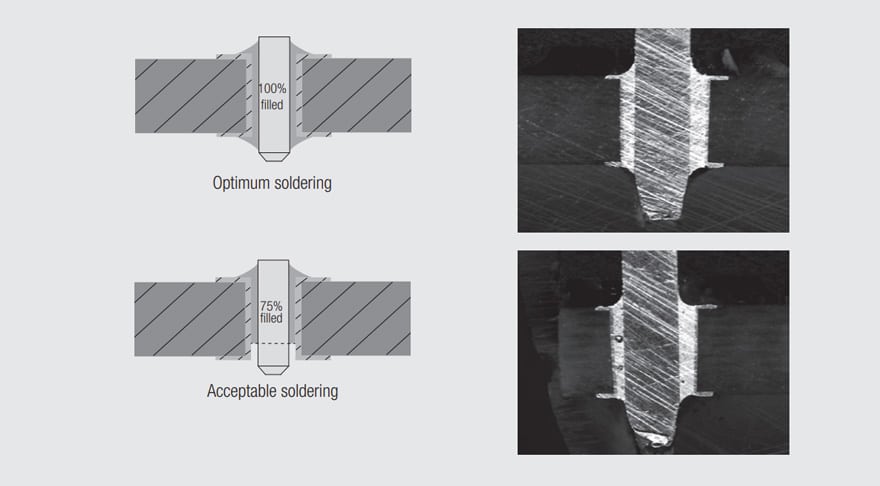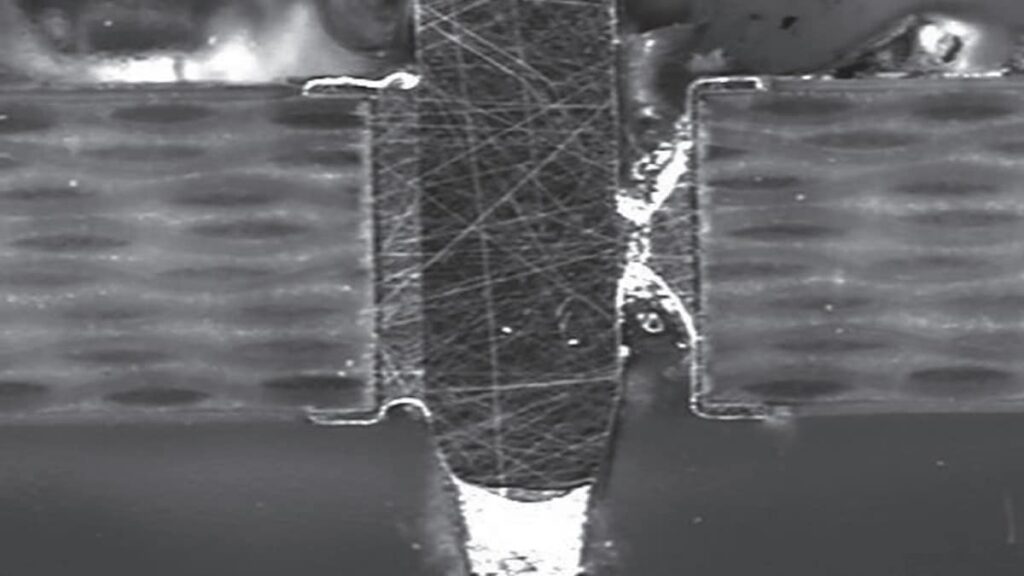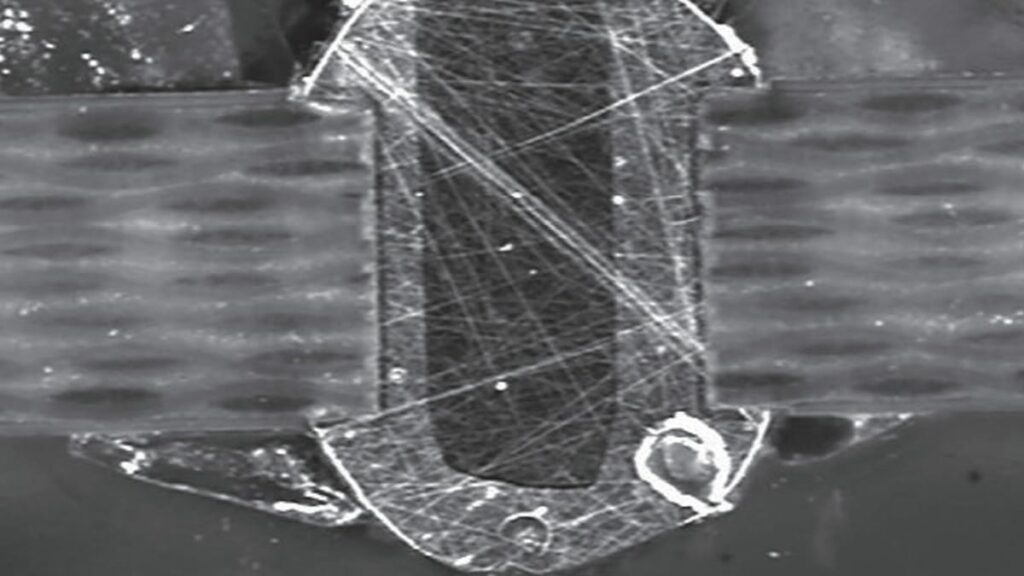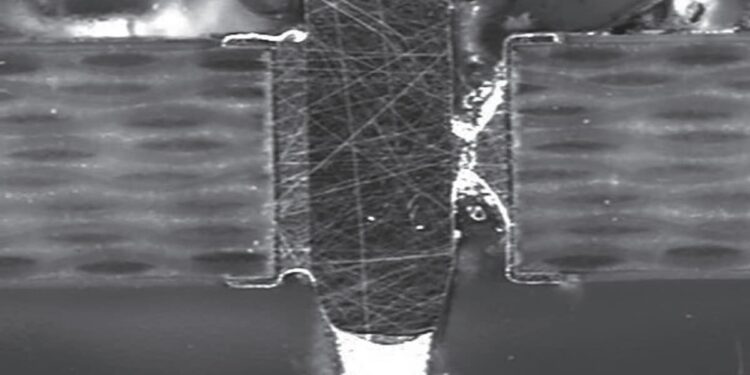As per the IPC-A-610D, a compliant solder joint must fill at least 75% of the free volume between the pin and the PCB hole and there must be less than 25% of air cavity. Figure 2.103 illustrates the soldering joint acceptability.

If the requirement for pick and place and solder paste application process are not complied with, then the quality might be affected and it might produce defects due to insufficient solder paste resulting from: a) incorrect solder paste calculation, b) improper PTH/pin volume or c) inappropriate screen printing machine settings. Figure 2.104 shows an example of insufficient solder paste.

Defects may also be caused by an excess of solder paste as per Figure 2.105.
































